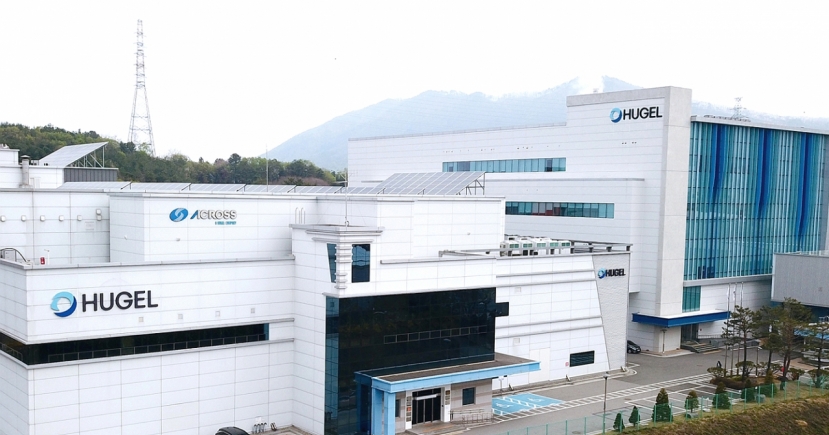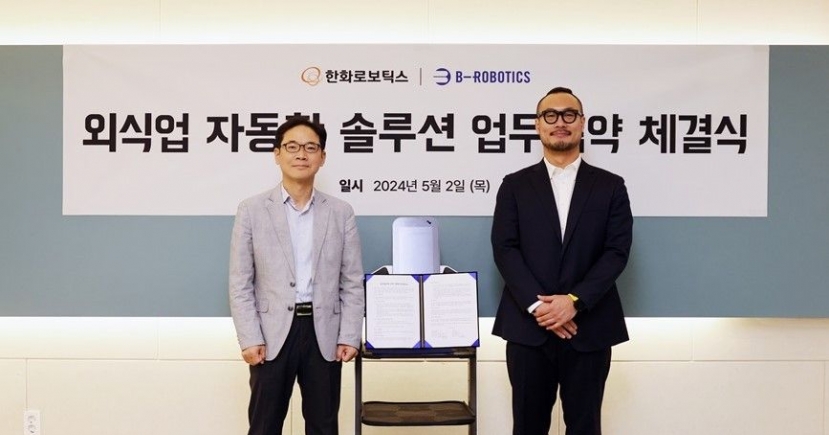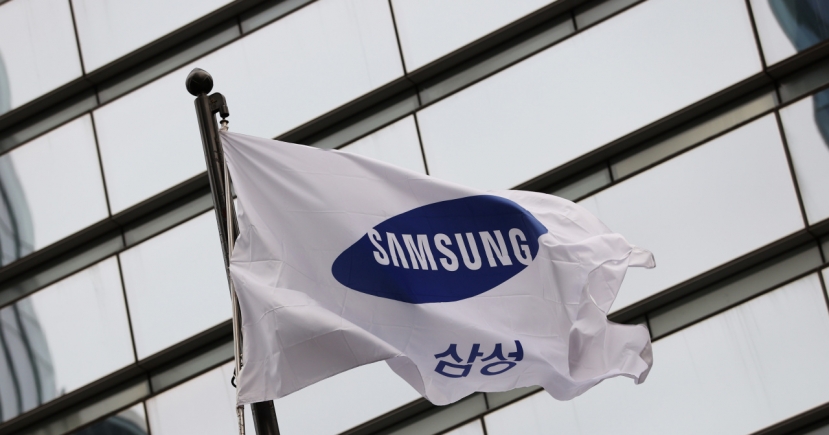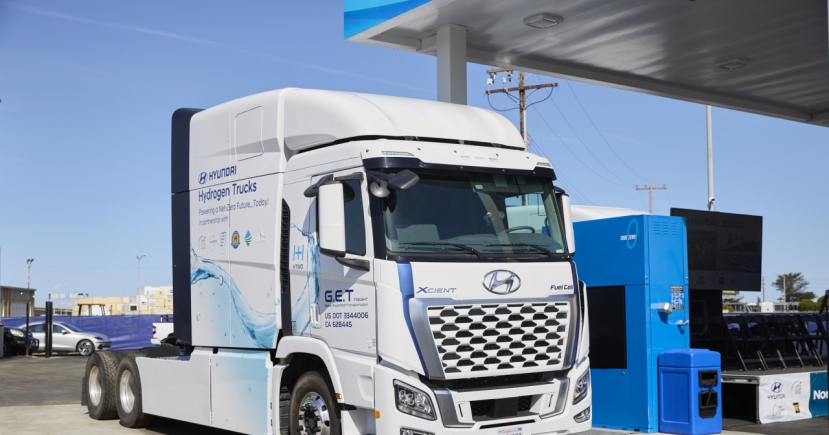Economy
Korean investment in US almost doubles from pre-pandemic: report
 |
Cargo containers seen at the Incheon New Port terminal in Yeonsu-gu, west of Seoul, Thursday. (Newsis) |
South Korea's investment in the US increased about 1.8 times last year compared to the pre-COVID-19 period as major conglomerates set up large-scale facilities in the eastern part of the country, a report from a business lobby group showed Wednesday.
According to the report published by the Korea Chamber of Commerce and Industry, the total Korean investment in the US stood at $27.7 billion last year, up 75 percent from $15.8 billion in 2019.
Large conglomerates like Samsung Electronics, SK hynix and Hyundai Motor have built or plan to establish facilities in the US portion of North America's so-called Auto Alley area of concentrated automobile manufacturing, from the Gulf of Mexico to north-central Michigan.
The Korea Chamber of Commerce and Industry called for the government to secure logistics infrastructure such as container terminals, logistics centers and warehouses in strategic locations specifically on the East Coast of the US to prepare for supply chain risks that could take a toll on Korean manufacturing companies beefing up investment in the area.
US West Coast ports have long served as the main gateway for Asian imports into the US, but the routing is now diversified around the southeastern region due to port congestion in the West. Production sites’ relocation to the eastern US, Canada and Mexico has also prompted changes in logistics routes, the report said.
“Korea once owned a port terminal in Long Beach, a major port on the West Coast, but after its sale in 2017, the port terminals it currently owns are only in parts of Seattle and Tacoma and none in the eastern region,” the report said.
In 2017, cash-strapped Hanjin Shipping sold its stake in Total Terminals International, a US affiliate that operates a terminal in the Port of Long Beach, California. The company operated two facilities in Long Beach and Seattle and handled some 30 percent of cargo along the US West Coast.
The absence of logistics infrastructure owned by Korean companies on the East Coast could put Korean shipping companies at risk of penalties and contract cancellations in the event of cargo processing delays stemming from a supply chain crisis.
This is because shipping companies prioritize docking their ships at their own port terminals to handle cargo, putting ships from other countries on the back burner when a problem occurs in the supply chain, the report said.
Battling with supply chain disruption without logistics centers and warehouses is also problematic for manufacturing firms as they have to suspend their production due to parts supply shortages.
Chang Keun-moo, executive director of the KCCI, pointed out that supply chain woes have continued, such as the Israel-Iran conflict, the Ukraine war, the shooting of Red Sea shipping vessels and the collapse of a major bridge in Baltimore.
“Depending on the results of the upcoming US presidential election, additional logistics risks are likely to occur in the Taiwan Strait and the Hormuz Strait,” he said.
"If supply chain risks are constant, the government should take preemptive action and come up with countermeasures to minimize damage as it could put a big burden on the Korean economy in various areas such as rising import prices and export obstacles," he added.
According to Lee Seong-woo, head of the Korea-US Logistics Supply Network Center at the Korea Maritime Institute, US western ports are still a major gateway for handling export volume from Asia and Latin America. “But the flow of export logistics from Korea to the US is changing in the direction of expanding from crossing the Pacific Ocean and moving through the US West by truck or rail to maritime transportation through the eastern US," he said.
The average annual growth rates of container traffic through major US western ports in Seattle, Tacoma, Los Angeles and Long Beach over the past 10 years were -2.1 percent and 0.4 percent. Meanwhile, eastern ports such as New York and Virginia saw growth rates of 3.4 percent and 3.6 percent.
By Park Han-na (hnpark@heraldcorp.com)
The Korea Herald








